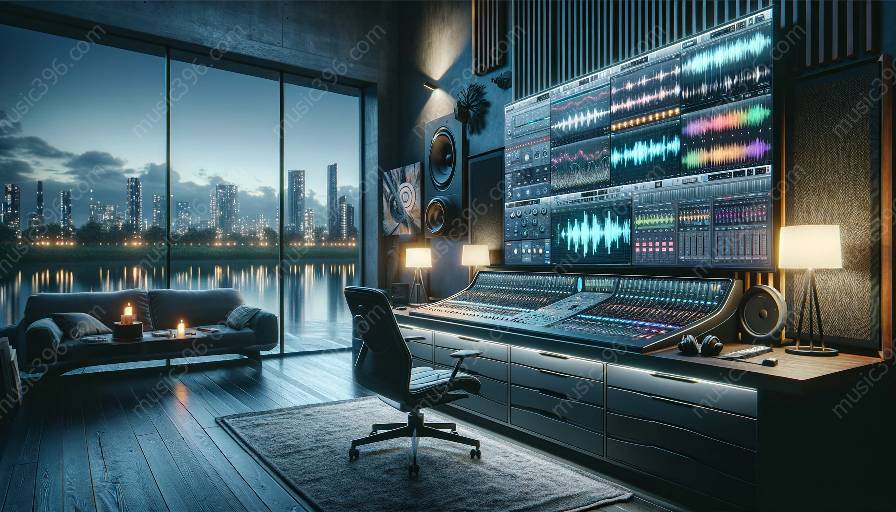Virtual reality (VR) and augmented reality (AR) are rapidly evolving, and so is the demand for high-quality audio experiences within these immersive environments. As a result, audio software applications for VR and AR face a unique set of challenges that require innovative solutions at the intersection of sound engineering and technology.
Understanding Audio in VR and AR
Before delving into the challenges, it's essential to comprehend the role of audio in VR and AR experiences. In these immersive environments, audio serves as a crucial component for creating a realistic and engaging user experience. From spatial audio to interactive sound design, audio plays a vital role in shaping the overall environment and enhancing the sense of presence for users.
Current Challenges
- Real-time Rendering: One of the primary challenges in audio software development for VR and AR is the real-time rendering of complex soundscapes. While traditional audio processing often occurs on fixed hardware with predictable performance, the dynamic nature of VR and AR requires efficient algorithms and processing techniques to render immersive audio in real time, maintaining synchronization with the visual elements.
- Integration with Spatial Audio: Creating a truly immersive VR or AR experience requires the accurate placement and movement of sound sources in 3D space to match the visual environment. Thus, developing audio software applications that seamlessly integrate with spatial audio processing and rendering technologies poses a significant challenge.
- User Interaction and Control: In VR and AR, user interaction with the virtual environment is a fundamental aspect of the experience. Audio software applications must adapt to user movements, spatial positioning, and interactions in real time, requiring advanced algorithms for dynamic audio adjustments based on user input and environmental changes.
- Resource Optimization: Optimizing audio processing to minimize latency and utilize system resources efficiently is crucial in VR and AR applications. Balancing the demand for high-fidelity audio with the constraints of processing power and memory resources presents an ongoing challenge for audio software developers in this domain.
- Seamless Cross-platform Compatibility: With the diversity of VR and AR platforms, ensuring seamless cross-platform compatibility for audio software applications is a significant challenge. Developers need to address the unique audio processing capabilities, hardware configurations, and platform-specific APIs to deliver a consistent and high-quality audio experience across different devices and environments.
Innovations and Solutions
Despite these challenges, the field of audio software applications for VR and AR is witnessing rapid advancements and innovative solutions. From the adoption of machine learning for real-time audio processing to the development of specialized spatial audio engines, several breakthroughs are addressing the complexities of audio rendering and interaction in immersive environments.
Machine Learning for Real-time Audio Processing:
Machine learning algorithms are being utilized to optimize audio processing and rendering in real time, enabling efficient utilization of resources while maintaining high-quality spatial audio experiences. By leveraging machine learning models for audio spatialization and processing, developers can create immersive audio environments that dynamically adapt to user interactions and environmental changes.
Specialized Spatial Audio Engines:
Developers are creating specialized spatial audio engines that facilitate accurate spatialization and movement of sound sources within VR and AR environments. These dedicated audio engines incorporate advanced algorithms for real-time spatial processing, enhancing the sense of presence and immersion for users while addressing the complexities of audio interaction in dynamic virtual spaces.
Unified Audio APIs and Middleware:
To address the cross-platform compatibility challenge, the industry is moving towards the development of unified audio APIs and middleware that streamline the integration of audio software applications across different VR and AR platforms. Such standardized frameworks enable developers to create audio experiences that seamlessly adapt to diverse hardware configurations and platform-specific requirements.
The Future of Audio Software in VR and AR
As VR and AR technologies continue to advance, the demand for high-quality, immersive audio experiences will further drive innovation in audio software applications. The convergence of sound engineering principles with cutting-edge technology is reshaping the possibilities for audio in virtual and augmented reality, paving the way for new standards of audio realism and user engagement within immersive environments.


























